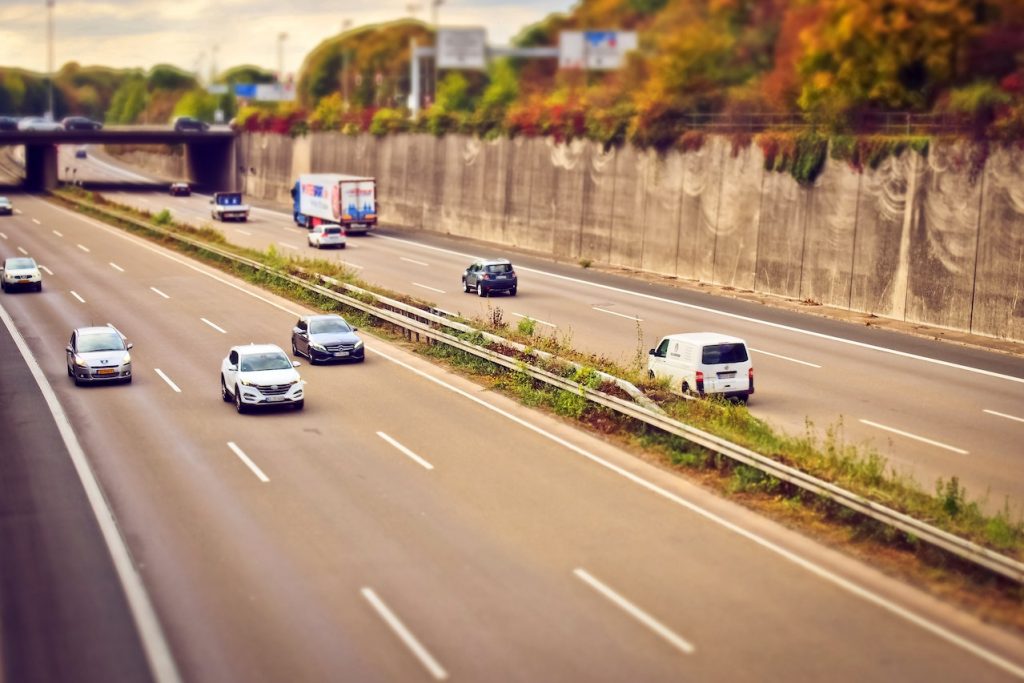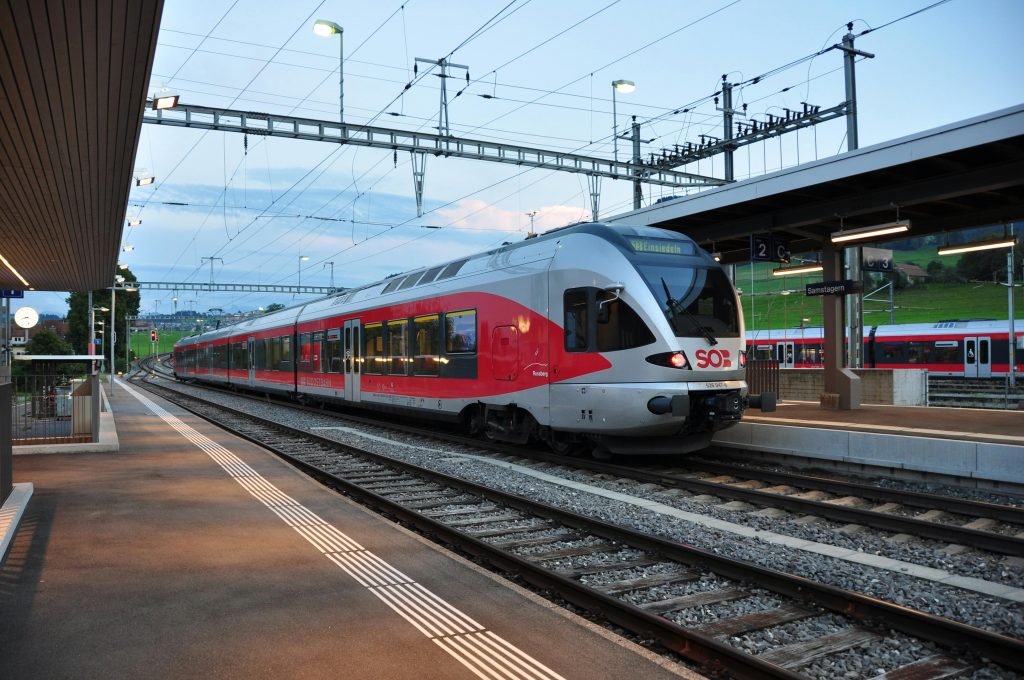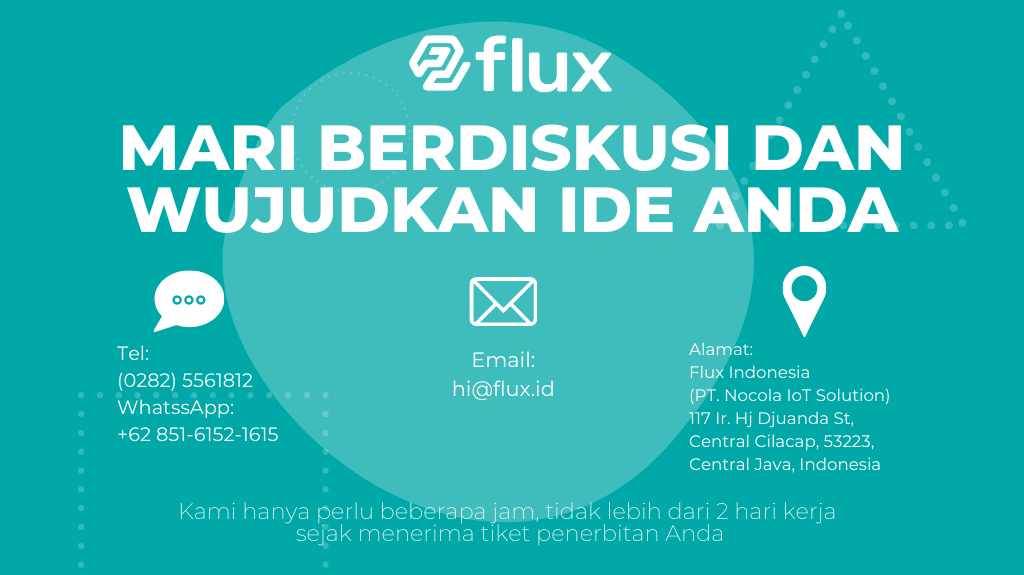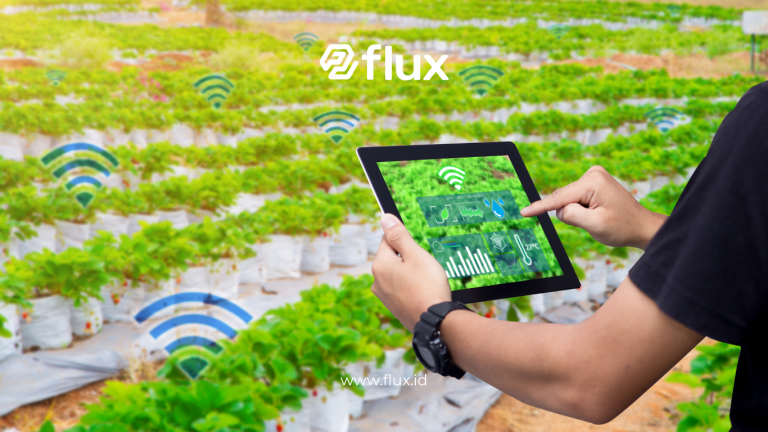Don't miss our holiday offer - 20% OFF!

Read also : Utilizing IoT Sensors for Urban Traffic Optimization
In the modern era, traffic congestion has become one of the most significant challenges in urban transportation systems. Congestion not only hinders people’s mobility but also leads to longer travel times, air pollution, and adverse impacts on the economy. However, the advancements in Internet of Things (IoT) technology offer potential solutions to address this issue in a smart and innovative way.
Contents
What is IoT Transport?

Read also : IoT and Smart Cities: Envisioning Sustainable Urban Areas
Internet of Things (IoT) is a concept where physical objects, such as vehicles and transportation infrastructure, are connected and able to communicate with each other through a network. In the context of transportation, IoT enables devices and vehicles to collect and share real-time data. This opens up new opportunities in traffic management and monitoring that can help tackle congestion.
How does IoT Transport Tackle Traffic Congestion?

Read also : Government Financial Optimization with IoT Sensors
a. Smart Traffic Systems:
By utilizing connected sensors and cameras, IoT enables the creation of smart traffic systems. The data gathered from these sensors and cameras allows real-time analysis of traffic density, vehicle movements, and travel patterns. Based on this data, smart traffic systems can optimize traffic light settings and routes to reduce congestion.
b. Integrated Public Transportation
IoT can also be used to integrate public transportation. With smart payment systems and real-time information on schedules and vehicle availability, the public can access and use public transport more efficiently, reducing the reliance on private vehicles and thus alleviating congestion.
c. Smart Parking Management:
One of the causes of congestion is the time spent searching for parking spaces. Through the use of IoT-connected smart parking sensors, drivers can quickly find available parking spots and avoid unnecessary circling on the roads.
Benefits of IoT Transport Solutions

Read also : Energy Efficiency in Hospitals: Implementing IoT for Sustainability
a. Reduced Travel Time
With smart traffic systems and integrated public transportation, travel times can be significantly reduced, minimizing time spent in congestion.
b. Enhanced Efficiency and Productivity
IoT Transport solutions can enhance efficiency in traffic management and public mobility, thereby boosting the overall productivity of cities.
c. Greenhouse Gas Emission Reduction
By reducing congestion and encouraging more people to switch to public transportation, greenhouse gas emissions from vehicles can be decreased, supporting efforts to combat climate change.
Conclusion
IoT Transport offers promising solutions to conquer urban traffic congestion. By leveraging sophisticated sensor technology and connectivity, we can optimize transportation systems to create smoother, more efficient, and environmentally-friendly journeys. In facing future mobility challenges, investing in IoT Transport solutions becomes a smart move towards building connected and sustainable cities.





